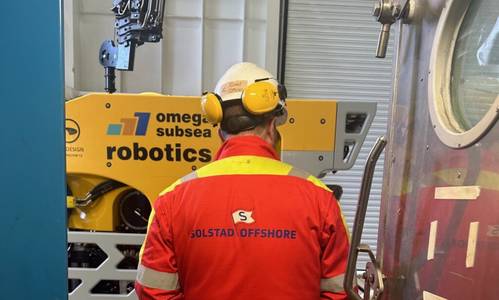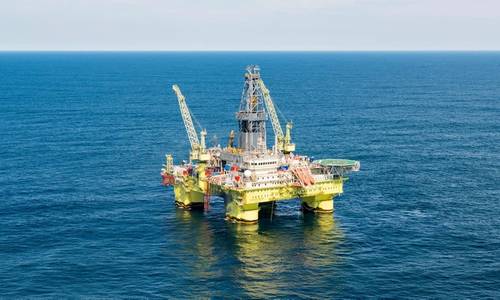Equinor to Issue Complementary Assessment for Wisting Oil Field Project
October 24, 2022

The Norwegian energy giant Equinor said Monday it would issue a complementary assessment for the Wisting oil field development in the Barents Sea for public consultation.
"The complementary assessment elaborates some key subjects from the impact assessment, strengthening the decision-making basis for a safe and secure field development,” says Trond Bokn, Equinor’s senior vice president for project management control.
“The impact assessment, public consultation processes, and the complementary assessment have so far not brought to light any information which changes our view that developing Wisting is technically and environmentally appropriate.The work on technical studies and detailing of plans for the development of the project will continue towards the planned investment decision at the end of 2022,” Bokn added.
The plan for development and operation (PDO) to be submitted to the Ministry of Petroleum and Energy includes the full decision-making basis for Wisting, including public consultation statements and feedback, Equinor said.
The government will then present its recommendation to the Norwegian Parliament (Storting), including an evaluation as to whether the obligation to conduct an impact assessment has been met, and whether field development is recommended.
"Due to the Wisting field’s geographical location in the Barents Sea solid solutions for safe year-round operations are required. The management plan for the Barents Sea, adopted in 2020, forms the framework for the field development, and the Wisting development concept is well adapted to the conditions in the Barents Sea. As fields producing for up to 30 years call for good long-term climate solutions, the field is proposed to be powered from shore," Equinor said.
The Wisting discovery contains close to 500 million barrels of oil equivalent. Expected investments are in the range of NOK 60 billion – 75 billion.
The development concept chosen for the Wisting development consists of a circular, floating production and storage unit (FPSO), with power from shore as an integrated part of the technical solution. The oil will be processed and stored on the FPSO before it is shipped to the market.
In the operations phase the Wisting power demand will be around 80 MW. The power cable will be around 340 km long. Water depth at the Wisting field is in the range of 390 - 418 meters.
 ©Equinor
©Equinor
The complementary assessment provides additional details on the potential impacts of the development for four subjects: Year-round activities, environmental risks, oil spill contingency, and the use of the best available techniques for field development and operations.
Regulations and technology have developed as the petroleum activities have expanded into new areas. Safe year-round operations are a precondition for all activities on the Norwegian continental shelf, and all relevant requirements ensuring this will also apply to Wisting.
"Equinor will adapt the installation and safety of the operations to low-temperature conditions, so-called winterization. The installation will withstand ice conditions that statistically may occur once every 10,000 years. Ice monitoring systems will be established, allowing operations to be adjusted if the ice gets closer than 50 kilometres from the installation," Equinor said.
Minimizing risk
"The Wisting project implements several measures initially aimed to prevent, but also minimize the consequences of undesired incidents. The Wisting development involves drilling of a number of wells and this number make it possible to plan drilling activities throughout the year in a good way." Equinor said.
In light of this, Equinor said it would will schedule activity for a time of the year that minimizes environmental risk and will not drill in oil-bearing layers during the most vulnerable month for seabirds. The measure in the drilling phase may be replaced by alternative measures that provide equivalent protection for seabirds, if these are considered the best available techniques (BAT).
The oil spill contingency will be adapted to the specific environmental conditions of the area, Equinor said.
"Conditions to be addressed in the contingency planning are the adaptation of equipment and methodology, the number of available oil spill contingency systems, training and exercises, the strategy for dealing with oil spills, and increased preparedness in periods when the damage potential is highest in the event of a spill," Equinor added.
Equinor will give feedback on each individual statement on the impact assessment and the complementary assessment no later than at the submission of the PDO. The deadline for statements on the complementary assessment is within two weeks, in compliance with the PDO guidelines. The Wisting partners are Equinor Energy AS (35 %), AkerBP AS (35 %), Petoro AS (20 %) and INPEX Idemitsu Norge AS (10 %).






